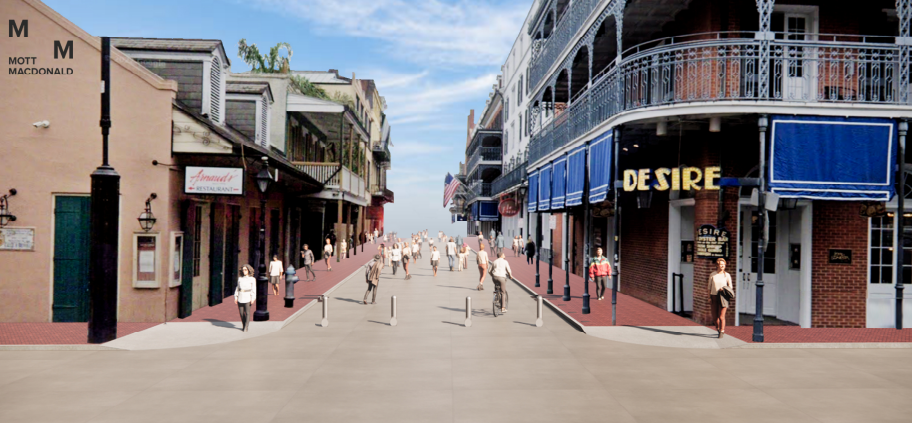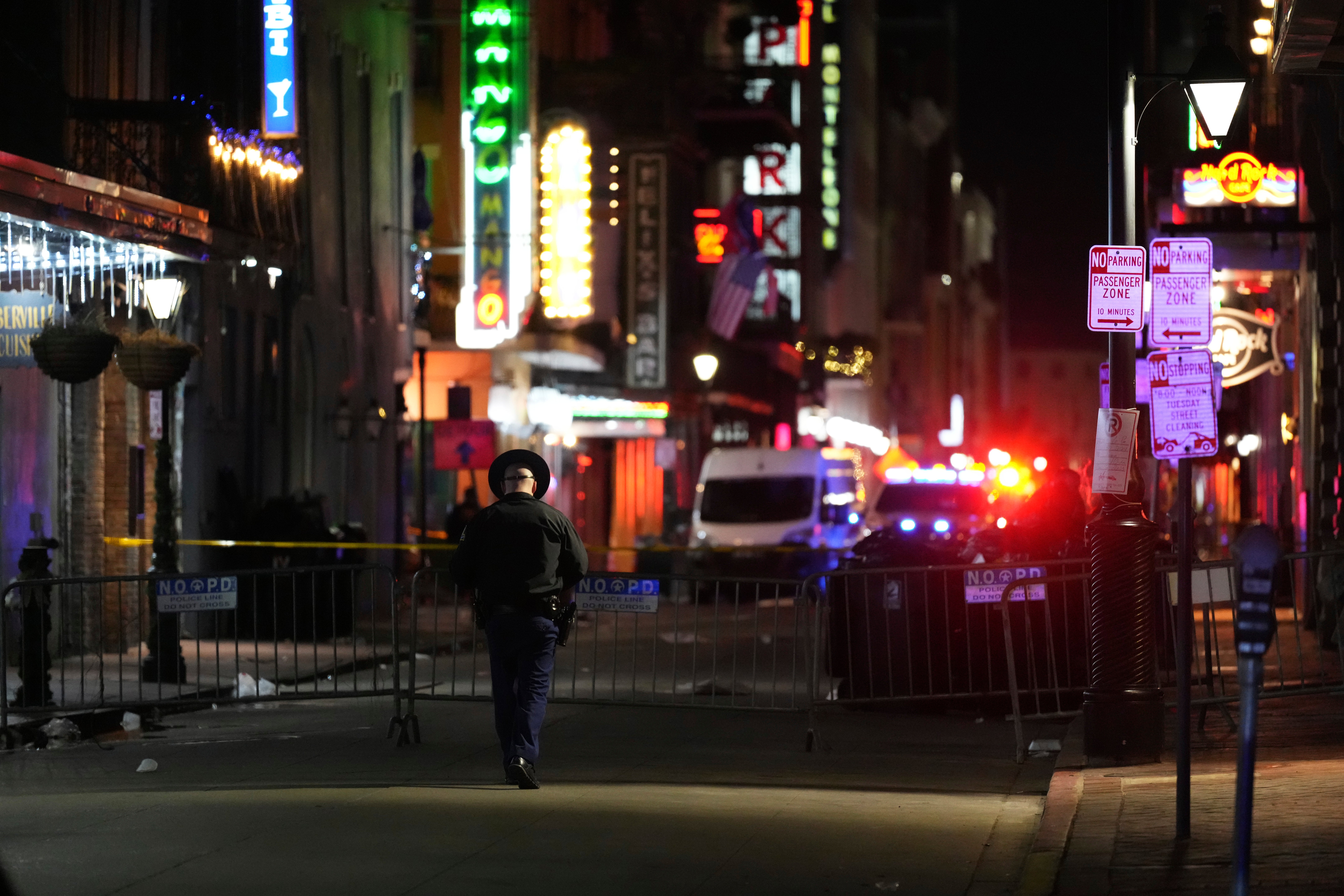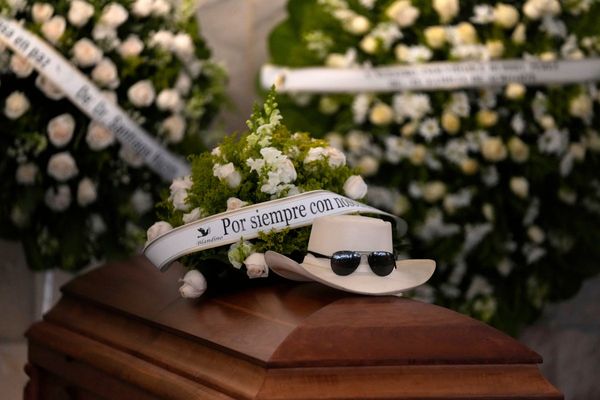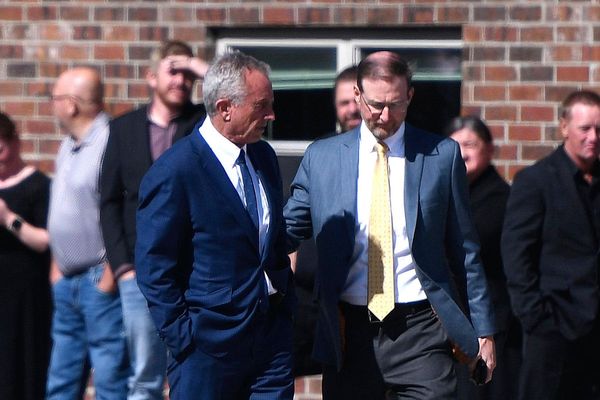New Orleans officials are promising the city is safe as they prepare for today’s Sugar Bowl and the Super Bowl next month. But planning for those events might have allowed a suspected terrorist to rampage through the city’s most popular area.
A series of barricades designed to prevent cars from driving down parts of Bourbon Street had been removed and were not in place when an attacker sped into the French Quarter and killed at least 14 people in the early morning hours of New Year’s Day.
Those “bollards” — installed as part of a years-long security plan for the tourist-heavy neighborhood — were intended to block that exact type of attack from happening.
But they were in the middle of being replaced in time for the city to host February’s Super Bowl LIX, which falls in the middle of a busy Carnival season calendar leading up to Mardi Gras day on March 4.
“Bollards were not up,” Mayor LaToya Cantrell told reporters during a press conference on Wednesday. The replacement project began in November and is “near completion, with the expectation of being completed before the Super Bowl,” she said.
The “broken-down” bollards were “inefficient” and often had Mardi Gras beads stuck in the machinery, according to Cantrell.

Shamsud-Din Jabbar revved up as he made a hard turn onto Bourbon from Canal Street, then drove on the sidewalk to get around a temporary barrier and a police car before speeding down the street — raising questions about whether bollards would have stopped him or a similar attack from someone committed to mass carnage.
Jabbar only stopped when he crashed the truck into a large piece of construction equipment.
City and state officials acknowledged the defense gap as the city prepares to host the postponed Sugar Bowl, with the first parade of the Carnival season scheduled to roll through the French Quarter days later on January 6.
“We did have a car there, we had barriers there, we had officers there, and they still got around,” New Orleans Police Department Superintendent Anne Kirkpatrick told reporters Wednesday. “We did indeed have a plan, but the terrorist defeated it.”
Kirkpatrick said Jabbar was “hell-bent” on destruction.
New Orleans first began installing the system as part of a multi-million dollar, decade-long effort to boost security on the street and reshape the French Quarter into a more family- and pedestrian-friendly tourist destination — plans that have repeatedly brushed up against demands from workers and residents to support locals fueling the city’s biggest economic driver, not just those who benefit from it.

The installation of the bollards — short posts made of metal and concrete that retract into the street — was partially inspired by a similar attack in France in 2016, when a terrorist plowed into a Bastille Day crowd and killed 86 people and injured hundreds of others.
Similar bollards had stopped a driver who was high on PCP from plowing into dozens of pedestrians in Times Square in 2017. The driver sped through three blocks on the sidewalk, killing an 18-year-old woman and injured at least 20 others.
During the replacement, New Orleans police used parked cars, more officers and other barriers to replace the permanent barriers.
New Orleans City Council president and mayoral candidate Helena Moreno told WWL-TV that the bollard repairs “should’ve happened way long ago.”
“We’ve been questioning that … Why are those repairs happening so late in the game?” she said.
“This person was ready to inflict pain and death and harm on crowds in Bourbon Street, and I think he would have tried to find whatever way that he could,” Moreno added. “Even if the bollards were functioning … he could have picked another time. This was a terrorist who was determined to take action.”
More than 300 NOPD officers and 60 Louisiana State Police officers were deployed that night. Louisiana Governor Jeff Landry announced 100 military police officers will join them.
Asked about the bollard system, a frustrated Landry said “whatever the problem was, it’s going to be solved.”
“We recognize we’ve got a problem. We’re going to fix it,” he said. “It is going to be a top priority as we go into the Super Bowl and Mardi Gras, and the solution that we’re going to come up with is going to be a permanent one.”







